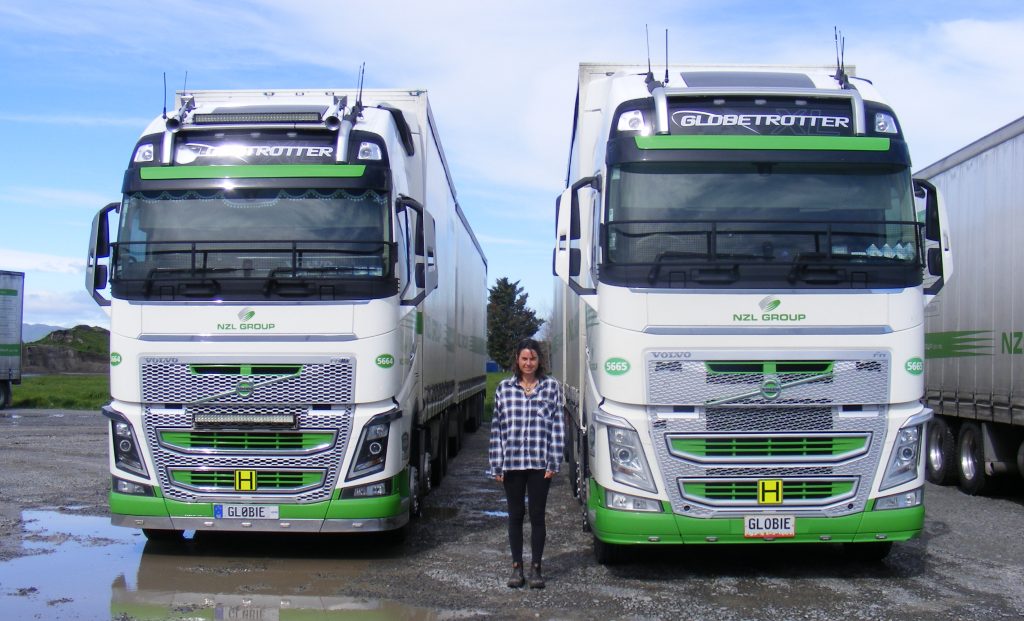Trucking industry managers attending the Women in Road Transport forum held in Auckland this week were presented with a possible solution to the driver shortage problem – more female drivers

Four female students who are part of the first intake for the Manukau Institute of Technology’s new programme – the NZ Certificate in Commercial Road (Heavy Vehicle Operator) level 3 – spoke briefly about the experience and their career hopes for the future.
They have undertaken the training through Skills Update Training and Education group, and are due to complete the course next month. All students in this first intake are female, which has highlighted a possible niche student group for future intakes. The next intake is scheduled to start in late Feb 2019.
A similar course at Southern Institute of Technology, Invercargill also has a high proportion of female students.
Steve Divers, the Sector Workforce Employment Programme co-ordinator tasked with finding more drivers says it’s an untapped potential employee pool that many in the industry have not considered.
“Road transport is male dominated at all levels, but it should consider the possibilities of targeting more women for filling staff shortages.”
The SWEP programme is supported by the National Road Carriers Association. “We are starting to see some results of Steve’s work with more courses,” says David Aitken, the CEO of the NRC. “But the industry needs to support them by providing the practical experience for students, whether they are men or women.”
A report from Meryn Morrison, the chairperson of Women in Road Transport, on a Women in Trucking conference held in Dallas, also pointed the way to the future.
America has the same problem as New Zealand with driver shortages, with the industry utilising more female drivers, who have a lower accident rate than men.
Women are also half as likely to become part of the annual turnover statistics – leaving one job and going to another within the industry.
New Zealand figures are similar says Meryn Morrison, including women driving more kilometres and having less down time during a shift.
Mr Divers reported there are now seven CRT courses available around the country, an increase of two – Manukau and Timaru – over 2017, with more planned for Christchurch, Hawkes Bay and Hamilton.
The seven courses established are at Whangarei, Manukau, Tauranga, Gisborne, Porirua, Timaru and Invercargill.
The New Zealand Qualifications Authority is in the final phase of signing off course content to be offered through MITO to senior high school students, with support from the industry in a school’s area.
A Gateway course will be available for Year 12 students and a 3 plus 2 course at Year 13 level, with students spending three days at school and two with a transport company. It is expected the courses will start in February 2019 with course work eligible for NCEA credits.
These courses can start high school students on the license pathway. “Most companies have a ute to run around in and the students can start their license qualification in that if they haven’t got a license,” says Steve Divers.
The MITO and CRT courses are dependent on support from the industry to provide the practical experience to dovetail into the course theory.
Vaughan Lovelock, the co-ordinator of the MIT course says the industry had to think less about how much it was going to cost them to host a student’s practical experience.
“It’s more about what this will do for the industry. If the student has a good experience at your company, the chances are they could end up with a permanent job with you,” says Vaughan Lovelock. “But please let them complete the course and training first before you hire them full time.”
MIT expects to expand to two courses in 2019, doubling its number of students.




